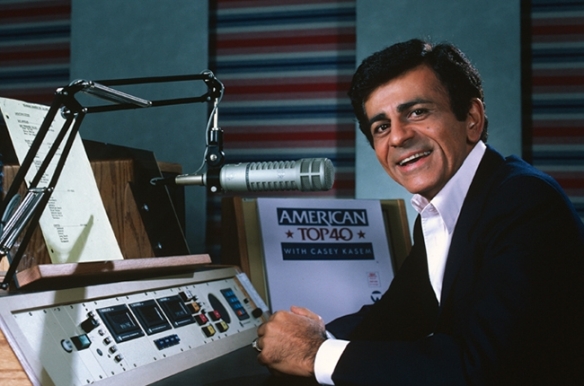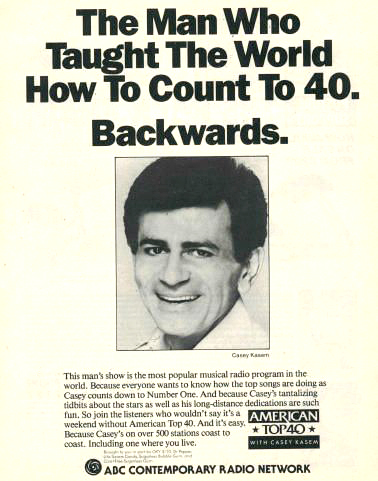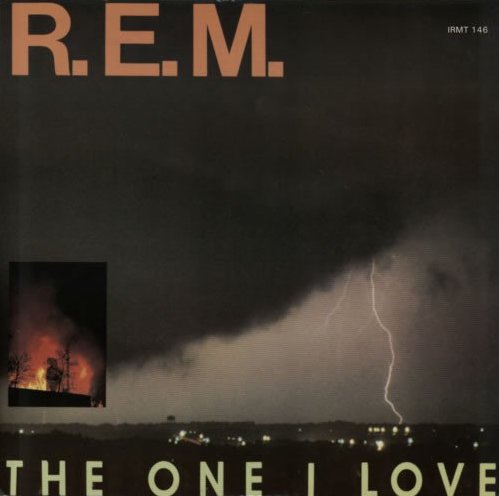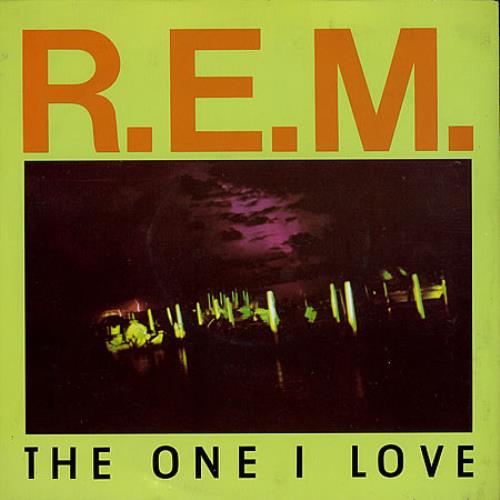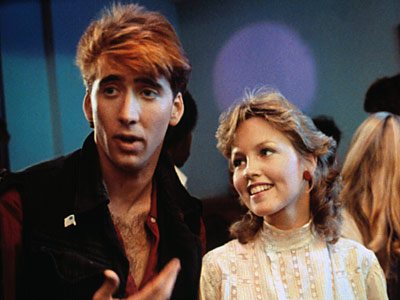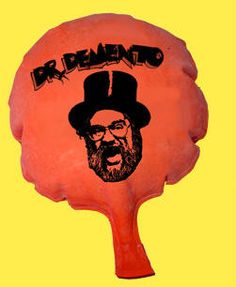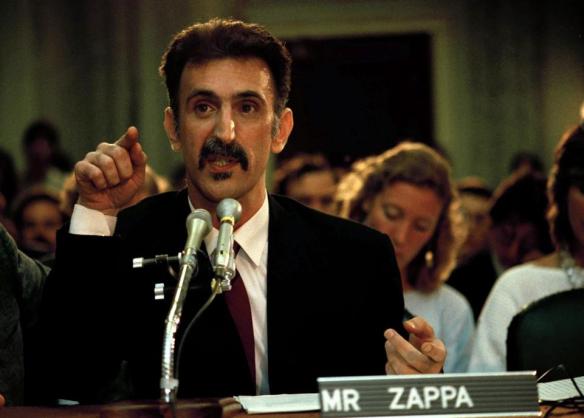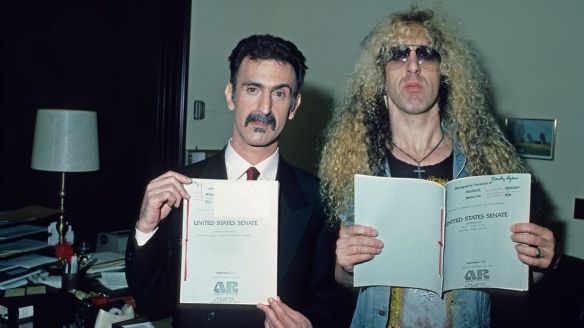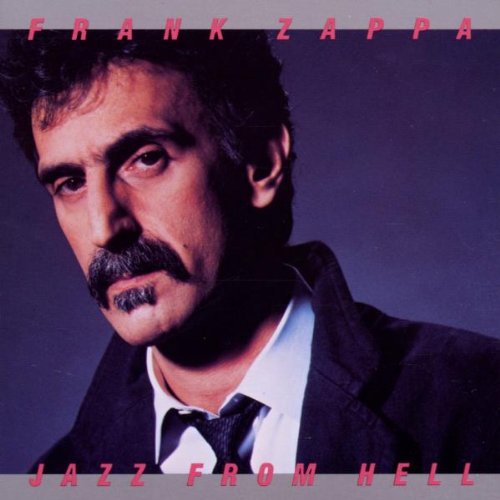Between late 1979 and the end of 1989, there were nearly 500 (real) one-hit wonders of the 80s that reached the BILLBOARD Hot 100 just one time, a list that includes Soft Cell, Gary Numan, Timbuk 3, The Church, Bronski Beat, Nik Kershaw, The Buggles, The Waitresses, Ultravox and two different bands named The Silencers. Once a week or so, I’ll highlight a (real) one-hit wonder for you.
As I was pouring through the lengthy list of (real) one-hit wonders of the 80s that I haven’t written about yet, I came across some fun ones (like “Turning Japanese” by The Vapors, “Oh Yeah” by Yello and Total Coelo’s “I Eat Cannibals”), the surprising artists who were (real) one-hit wonders on the Hot 100, but not on your radio (like The Waitresses, George Thorogood, XTC and The Replacements), the novelty songs (like “Take Off” by Bob & Doug McKenzie, “The Curly Shuffle” by Jump ’N’ The Saddle and “Pac-Man Fever” by Buckner & Garcia), the ones that make you go, “WHAT THE WHAT?!” (like “OWWWW!” by Chunky A – AKA Arsenio Hall), the songs that were No. 1 U.K. hits, but charted low here in the U.S. (like “The Only Way Is Up” by Yazz & The Plastic Population and the not-so-PC-and-hasn’t-aged-well “Shaddup You Face” by Joe Dolce), and ones I will love forever (like “Born To Be Alive” by Patrick Hernandez, “Under The Milky Way” by The Church, “Just Got Lucky” by JoBoxers, Nik Kershaw’s “Wouldn’t It Be Good,” “Someday, Someway” by Marshall Crenshaw, “A Girl In Trouble (Is A Temporary Thing)” by Romeo Void and M’s “Pop Muzik”).
But the (real) one-hit wonder of the 80s that caught my attention tonight was Eurogliders, and a song that didn’t catch my attention until many years after its 1984 release – the lovely “Heaven (Must Be There).”
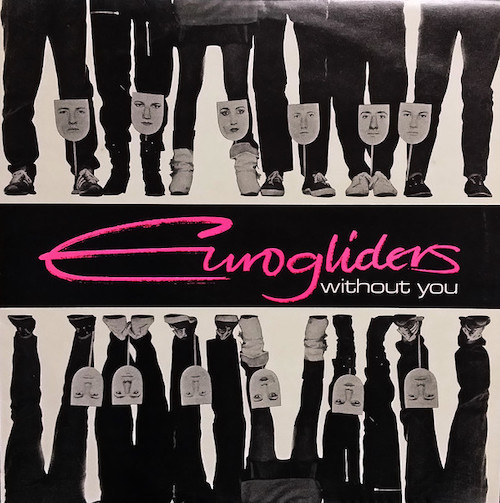
The Pop / Post-Punk / New Wavers out of Perth, Western Australia formed in 1980, and in 1982, their debut album, PINK SUIT BLUE DAY, gave the (then) six-member band the first Top 40 hit in their Australian homeland, “Without You.”

The following year, Eurogliders switched record labels, with CBS Records (Columbia here in the U.S.), and it proved to be good fit. The band’s second album, 1984’s THIS ISLAND, shot up to a No. 4 peak on the Australian album chart, and gave Eurogliders their biggest hit, “Heaven (Must Be There).”
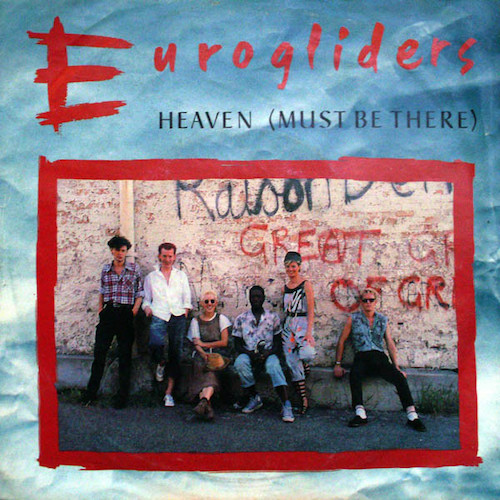
The cover art for the Australian 7″ single of “Heaven (Must Be There).”
“Heaven” and its parent album were both released in May 1984, and “Heaven” quickly became one of the biggest hits in Australia that year, peaking at No. 2 and ended the year at No. 15.
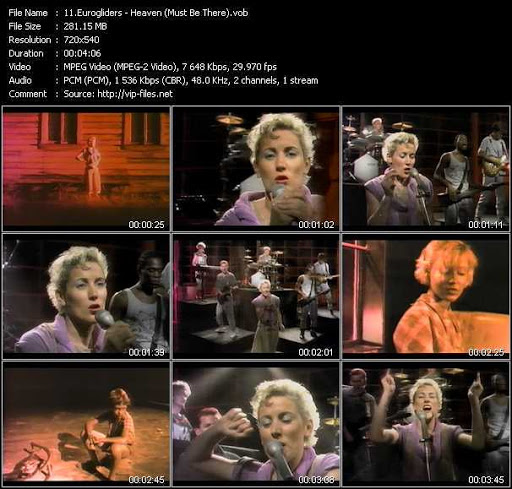
From the music video of “Heaven (Must Be There).”
I don’t know if it was the long distance from the U.S., but it took awhile for “Heaven” to make its way onto American shores and into American radio stations, but finally, in the first part of November 1984, “Heaven (Must Be There)” debuted on the BILLBOARD Hot 100 at No. 79, ahead of new hits by Thompson Twins and Bananarama. For about a month, Eurogliders slowly inched their way up the Hot 100, but stopped for a week at a respectable No. 65, before gliding off the chart a couple of weeks later. It was their only BILLBOARD Hot 100 hit. They did, however, also reach BILLBOARD’s (then) Mainstream Rock chart with “Heaven,” climbing all the way to No. 21. “Heaven” was (also there) on the New Zealand charts as well, reaching No. 6.

The U.S. cover art for the album, ABSOLUTELY (for whatever reason, Columbia Records not only changed the cover art for the U.S. release, but also kept the exclamation point out of the title).
After flirting with international success in 1984, Eurogliders kept their primary fan base in Australia and kept recording, and between 1985 and 1988, they reached the Top 40 of the Australian singles chart five times, including the Top 10 hits “We Will Together” and “Can’t Wait To See You,” both from the 1985 album, ABSOLUTELY!
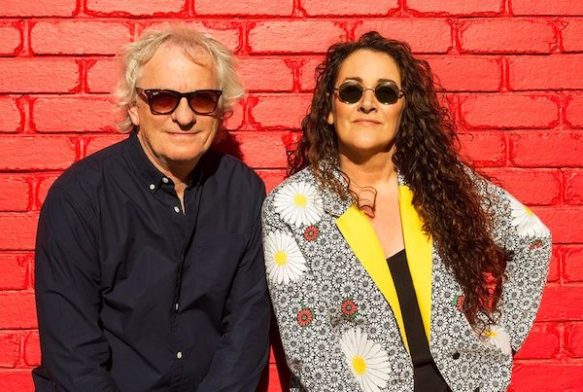
Eurogliders today (Bernie Lynch and Grace Knight)!
After the ABSOLUTELY! album, there were a number of personnel changes in the band, and in 1989, Eurogliders broke up. They reformed in 2005 for a couple of years, released a self-titled album, and in 2013, original members Grace Knight (vocals / saxophone / keyboards) and Bernie Lynch (vocals / guitar / keyboards) reformed Eurogliders, they are still together today, and in 2015, released another album, their most-recent, DON’T EAT THE DAISIES.

Another reason I chose “Heaven (Must Be There)” for this blog post is prolly because we are in the hardest, most alarming, frightening and heartbreaking world crisis of (at least) my lifetime. Some folks on the interwebs suggested this song may be about finding “The Good Place” (brilliant show — binge it!), or, in six letters, Heaven.

Heaven, er, THE GOOD PLACE! Brilliant and binge-worthy!
Maybe that’s what the songwriters had in mind, but I’m sure everyone has their own interpretation. Since I discovered this song about 25 years ago, I’ve always loved it, and I think it especially resonates with me right now, because we’re in this “new normal,” which is totally fucking far from normal, and I want to get back to the “old normal,” if there is such a thing.
Thankfully, none of my friends or family has contracted the coronavirus, and I am grateful for that every day, and pray everyone I know and love is safe from harm. For me, “Heaven (Must Be There)” is just that — we don’t want to live in this place (the “new normal”), and that Heaven represents life post-COVID-19 — families can be reunited, friends can go out and have fun at the restaurant or go dancing or catch a movie, people can travel wherever they want, and I can see Maryhope again, and we can do all of those things.
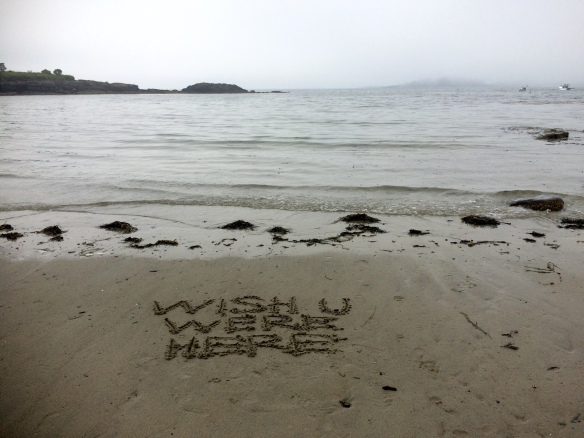
Foggy or not, a favorite place for me and Maryhope – Kettle Cove, Cape Elizabeth, Maine. Yeah, I we wish we were there too..
I know this won’t happen overnight (it’s been about two months already), but my hope is that it’ll be safe(r) by the end of the month to at least be able to leave Maine and meet Maryhope halfway, even if we have to stay six feet apart while we’re together. I pray for that every day…

Me and Maryhope, Pine Point, Scarborough, Maine, 10.24.2019. I want to go to there! (and by “there,” I mean Maryhope!)
“Heaven, must be there-ere / Well, it’s just got to be there-ere / I’ve never – never seen Eden / I don’t want to live in this place…”
https://www.youtube.com/watch?v=A7VnipJMP1A


